The decision to buy a home is one of the most significant financial choices many people make in their lives. For most homebuyers, securing a mortgage is an essential part of the process. Two common options available to homebuyers are FHA (Federal Housing Administration) loans and conventional loans. These two loan types have distinct characteristics and eligibility requirements. This guide will explore the differences between FHA loans and conventional loans to help you decide which one may be the best fit for your homebuying needs.
Eligibility Requirements
FHA Loans
FHA loans are known for their relatively lenient eligibility criteria, making them accessible to a broader range of borrowers. To qualify for an FHA loan, you typically need:
- A minimum credit score of around 500 to 580, although some lenders may have higher requirements.
- A down payment of at least 3.5% of the purchase price.
- A debt-to-income ratio (DTI) below a certain threshold, usually around 43%.
- Proof of steady income and employment.
- The property must meet certain FHA appraisal and safety standards.
FHA loans are particularly popular among first-time homebuyers and individuals with lower credit scores or limited down payment savings. The lower credit score and down payment requirements make it more accessible for those who may not qualify for a conventional loan.
Conventional Loans
Conventional loans have stricter eligibility requirements compared to FHA loans. To qualify for a conventional loan, you typically need:
- A minimum credit score of around 620 or higher, although some lenders may require a higher score for competitive interest rates.
- A down payment of at least 3% to 20% of the purchase price, depending on the specific loan program and your creditworthiness.
- A DTI ratio typically below 43%, although lenders may be more flexible for borrowers with strong credit profiles.
- Proven and stable income and employment history.
- The property must meet the lender’s appraisal requirements, which may be less stringent than FHA standards.
Conventional loans are generally favored by borrowers with strong credit scores and a larger down payment. These loans offer more flexibility in terms of property types and are commonly used for traditional home purchases, as well as for refinancing existing mortgages.
Down Payment
FHA Loans
One of the most significant advantages of FHA loans is the lower down payment requirement. Borrowers can secure an FHA loan with as little as 3.5% down payment of the purchase price. This feature makes homeownership more attainable for individuals who may not have substantial savings for a down payment.
For example, on a $200,000 home, an FHA borrower would need a down payment of $7,000, whereas a conventional borrower might need anywhere from $6,000 to $40,000, depending on their chosen down payment percentage.
Conventional Loans
Conventional loans offer a range of down payment options, typically starting at 3% but going up to 20% or more. The down payment requirement for a conventional loan largely depends on your credit score, the specific loan program, and the lender’s policies.
A higher down payment can lead to lower monthly mortgage payments and potentially better interest rates. Borrowers who can afford a substantial down payment often opt for conventional loans to avoid private mortgage insurance (PMI), which is required for loans with a down payment below 20%.
Mortgage Insurance
FHA Loans
One significant drawback of FHA loans is the requirement for mortgage insurance. Borrowers are required to pay both an upfront mortgage insurance premium (UFMIP) and an annual mortgage insurance premium (MIP).
- The UFMIP can be rolled into the loan amount or paid upfront. It typically ranges from 1.75% to 2.25% of the loan amount.
- The annual MIP varies depending on the loan amount, down payment, and the term of the loan. It can be a significant ongoing cost for FHA borrowers.
The purpose of FHA mortgage insurance is to protect lenders in case borrowers default on their loans. While it allows borrowers with lower credit scores and smaller down payments to access financing, it can increase the overall cost of homeownership.
Conventional Loans
Conventional loans may also require private mortgage insurance (PMI), but it’s typically not as expensive as MIP for FHA loans. PMI is required when the borrower’s down payment is less than 20% of the home’s purchase price. Once the borrower’s equity in the home reaches 20%, PMI can often be canceled.
The cost of PMI varies based on factors such as credit score, down payment amount, and the lender’s policies. Conventional borrowers may have the option to pay the PMI as a monthly premium or as a one-time upfront premium, depending on the lender’s offerings.
Borrowers with excellent credit and larger down payments can often avoid PMI altogether by making a 20% or higher down payment.

Interest Rates
FHA Loans
Interest rates for FHA loans are typically competitive, but they can be slightly higher than those offered for conventional loans. FHA interest rates may vary from lender to lender, and they often depend on the borrower’s credit score and other factors.
While FHA loans may have slightly higher interest rates, they remain an attractive option for borrowers with lower credit scores and smaller down payments due to their accessibility.
Conventional Loans
Conventional loans often offer competitive interest rates, especially for borrowers with strong credit profiles. Lenders consider factors like credit score, down payment, and loan-to-value ratio when determining the interest rate for a conventional loan.
Borrowers with excellent credit histories may qualify for the lowest available interest rates, potentially resulting in lower monthly payments over the life of the loan.
Loan Limits
FHA Loans
FHA loans have maximum loan limits set by the Federal Housing Administration, which vary by location and are adjusted annually to account for changes in the housing market. These limits are designed to ensure that FHA loans remain accessible to a wide range of borrowers.
In high-cost areas, FHA loan limits can be significantly higher, allowing borrowers in expensive markets to finance homes with FHA loans. However, these limits may not cover the full purchase price of high-end homes in some areas.
Conventional Loans
Conventional loans do not have set loan limits imposed by a government agency like FHA loans. Instead, conventional loan limits are determined by the loan program and the lending institution. Generally, conventional loans can be used to finance higher-priced homes, making them a suitable choice for luxury properties or homes in expensive markets.
Borrowers interested in conventional loans can explore different loan programs, such as conforming, jumbo, or super-jumbo loans, depending on their financing needs.

Property Requirements
FHA Loans
FHA loans have specific property requirements that must be met for the loan to be approved. These requirements include:
- The property must be the borrower’s primary residence.
- The property must meet minimum safety and habitability standards outlined in the FHA appraisal.
- Condos and townhomes must also meet FHA approval standards.
- Manufactured and mobile homes may be eligible for FHA financing if they meet specific guidelines.
These requirements are in place to protect both the borrower and the lender and ensure that the property is suitable for occupancy.
Conventional Loans
Conventional loans generally have fewer property requirements compared to FHA loans. While lenders will still require an appraisal to assess the property’s value, they are primarily concerned with its marketability and condition.
Conventional loans can be used for a wider range of property types, including primary residences, second homes, and investment properties. However, some lenders may have specific guidelines for certain property types or conditions.
Flexibility
FHA Loans
FHA loans are known for their flexibility in accommodating borrowers with lower credit scores and smaller down payments. They are an excellent option for first-time homebuyers and individuals with limited financial resources.
FHA loans also offer the “FHA 203(k) Rehabilitation Loan,” which allows borrowers to finance both the purchase price of a home and the cost of necessary repairs or renovations within a single loan. This can be beneficial for buyers looking to purchase fixer-upper properties.
Conventional Loans
Conventional loans provide flexibility as well, especially for borrowers with strong credit histories and substantial down payments. Conventional loans are often preferred by buyers who can meet the higher credit and down payment requirements because they may offer lower overall costs and fewer insurance-related expenses.
Additionally, conventional loans may be more suitable for buyers interested in non-traditional properties, such as investment properties or vacation homes.
Conclusion
In summary, FHA loans and conventional loans each have their own set of advantages and disadvantages, making them suitable for different types of borrowers and financial situations. FHA loans are known for their accessibility, with lower credit score and down payment requirements, but they come with higher mortgage insurance costs. Conventional loans offer more competitive interest rates, especially for borrowers with excellent credit, and can be more cost-effective in the long run, especially for those who can make a larger down payment.
When deciding between FHA and conventional loans, consider your financial situation, credit score, down payment savings, and long-term homeownership goals. It’s essential to work with a knowledgeable mortgage lender who can help you explore your options, assess your eligibility, and choose the loan type that best suits your needs. Ultimately, the right choice will depend on your individual circumstances and preferences as a homebuyer.FHA Loans vs. Conventional Loans: A Comprehensive Comparison
This post aims to be informative and engaging. If you found the content helpful, I’d love to hear your thoughts in the comments below.
Do you have any questions related to the topic or feel something needs further explanation? Feel free to ask! I’m always happy to provide additional information or resources that might be helpful. Thank you.


